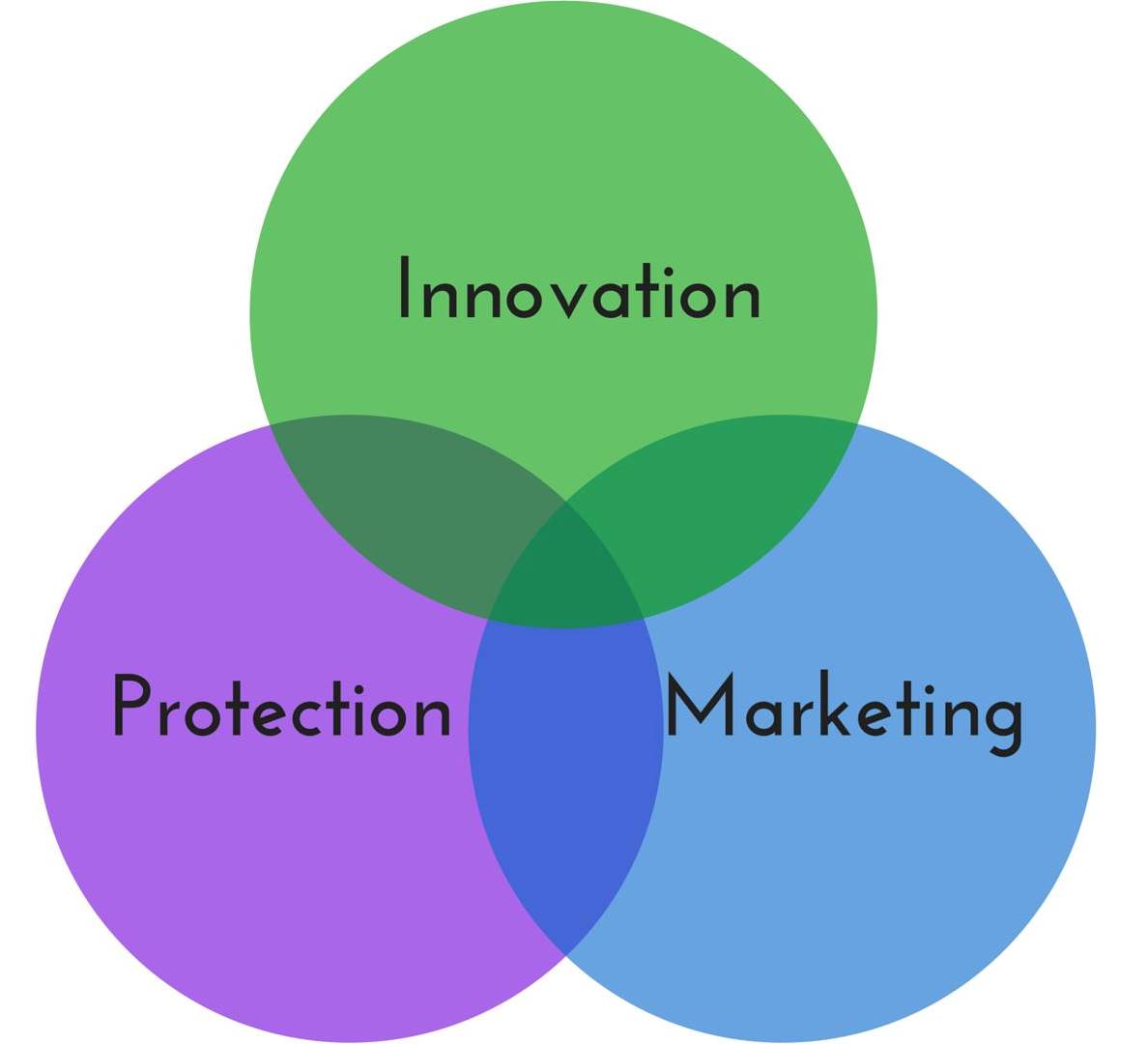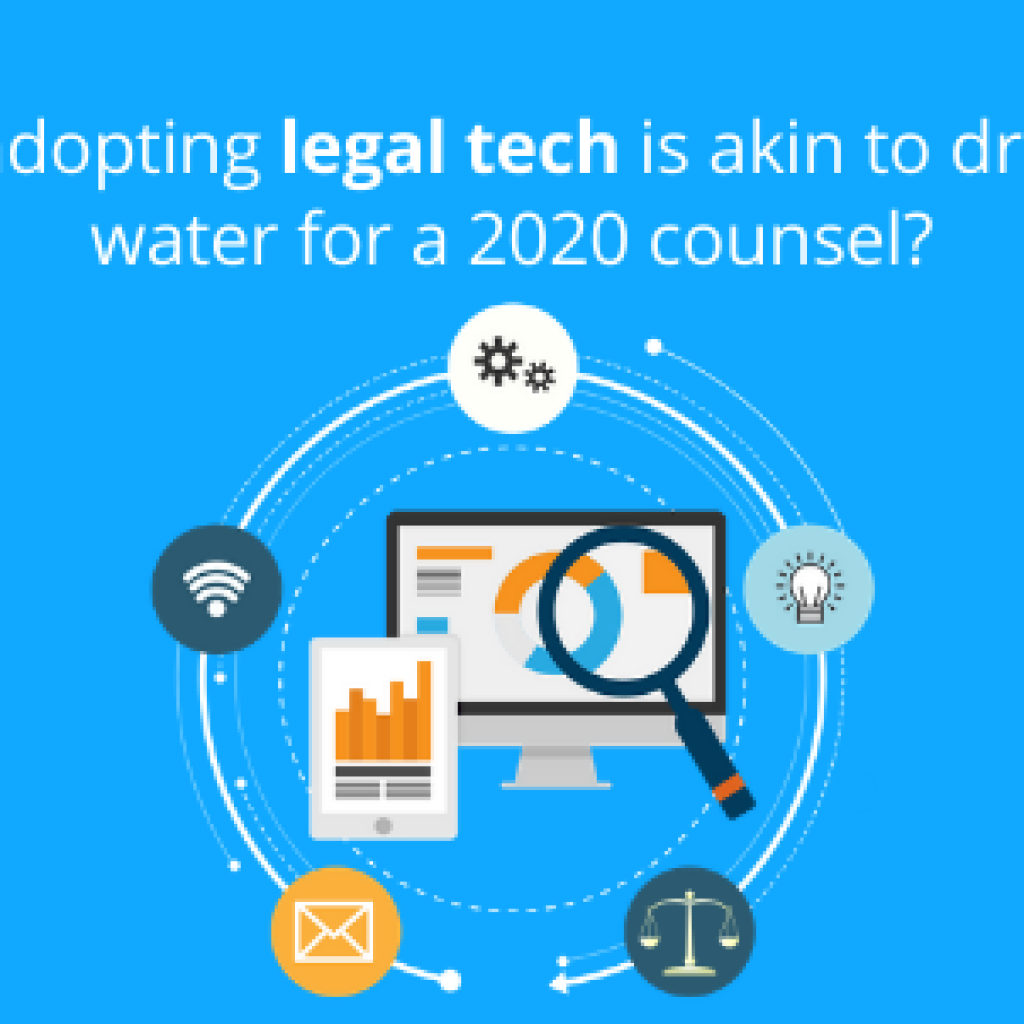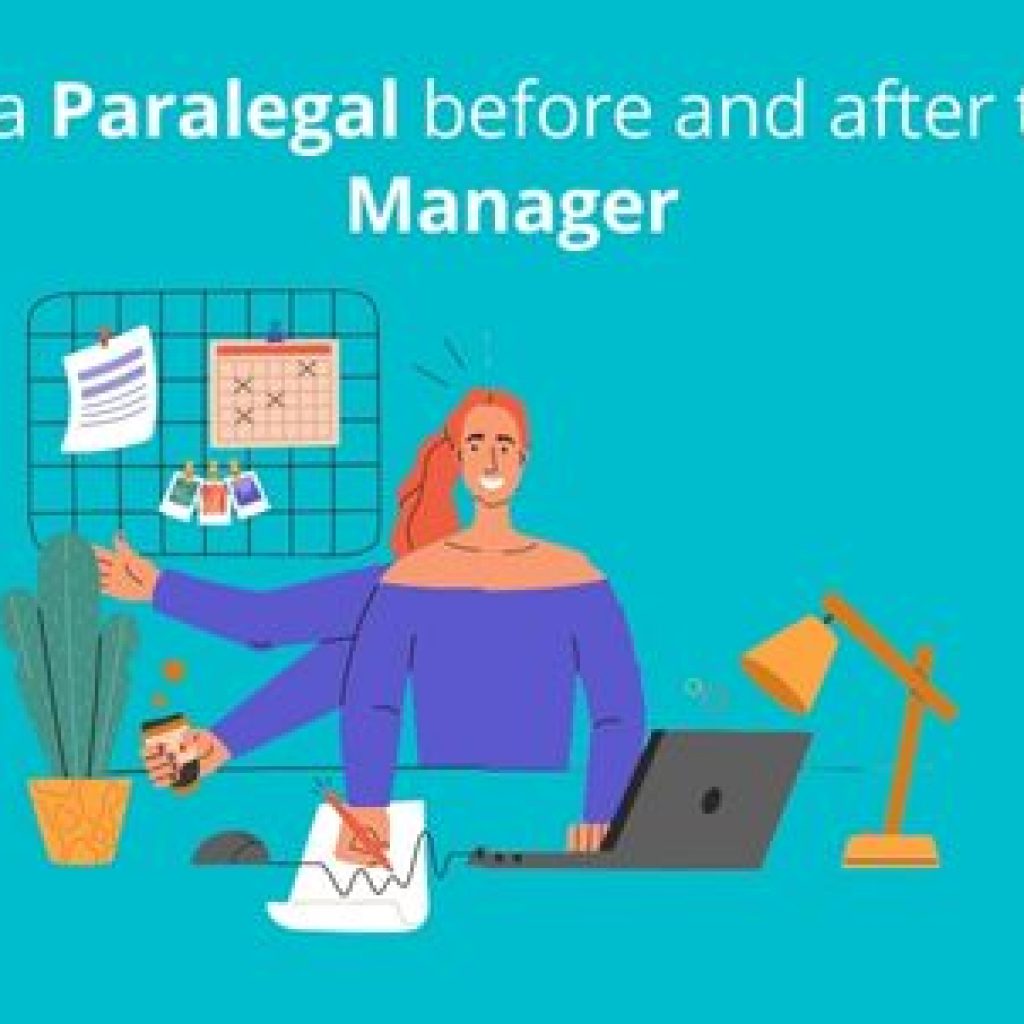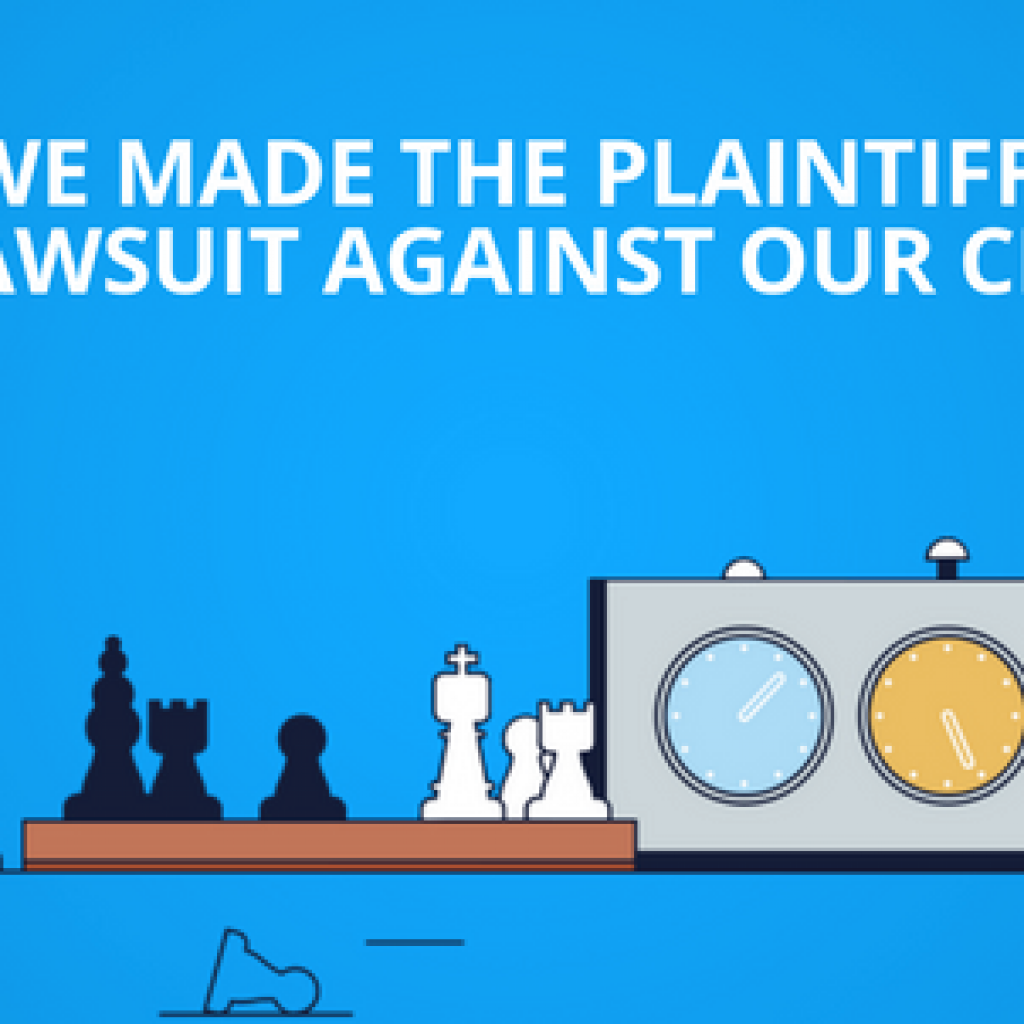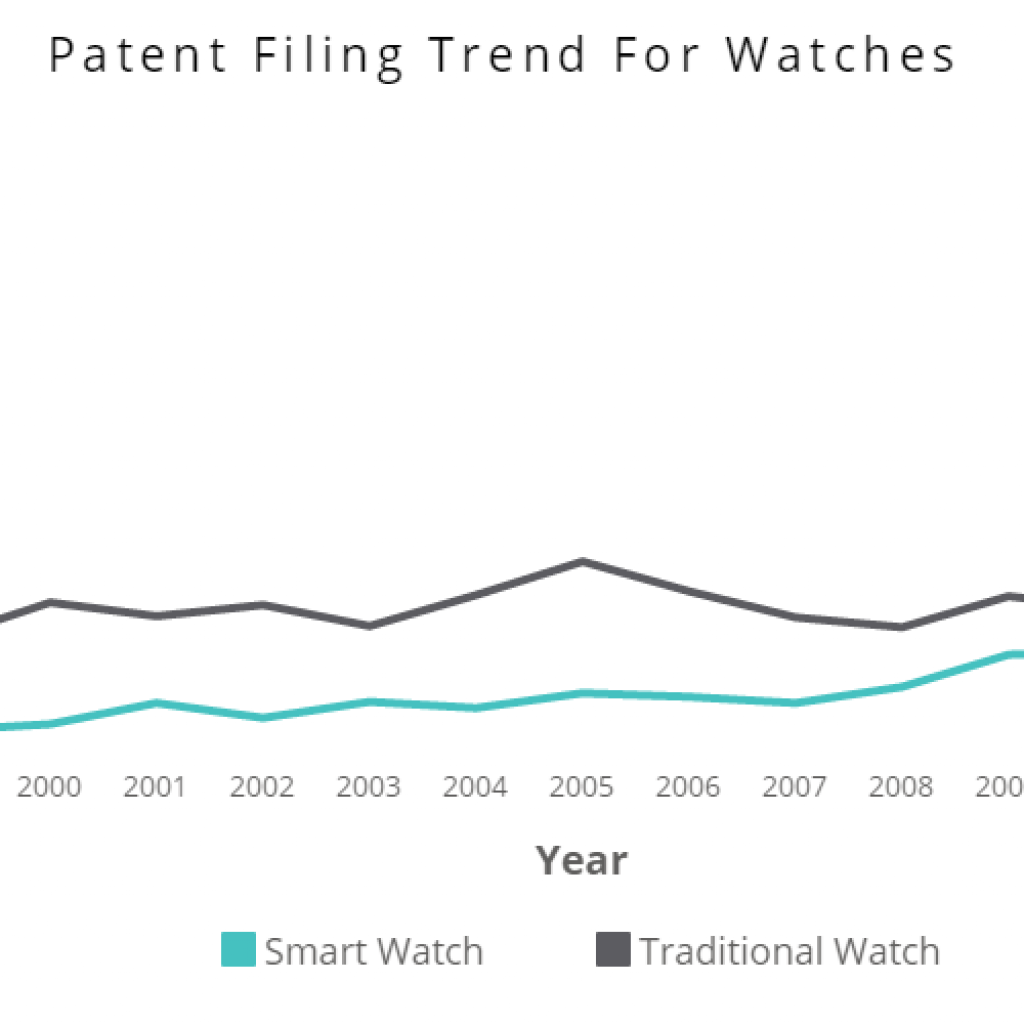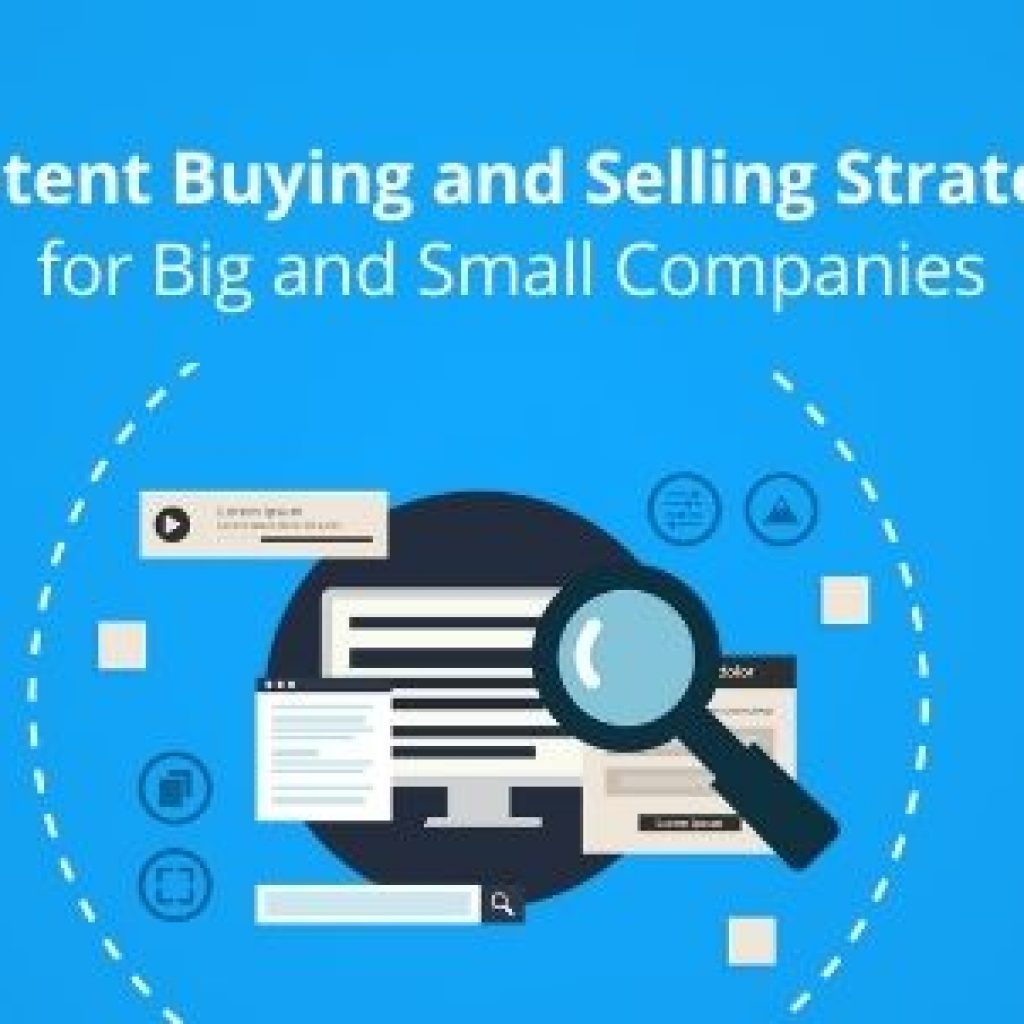The success of an organization depends on multiple factors. While strategy, human resources, and company culture form the recipe of success, other ingredients are also needed to take an organization’s success to the next level
The monetary benefit isn’t a success. Adding value to the business which would benefit both the organization and its consumer base, however, is.
But how could value addition be possible without innovation? Hence, adding innovation is the first ingredient of your recipe for success.
Let’s say you are innovating. But what if it isn’t helping your customers? If this is the case, your innovation is useless. The reason is: your consumers don’t know that it exists. This is where the second ingredient marketing comes into the picture.
Now let’s say you’re innovating as well as marketing your product/service. Thus, following what once quoted by Peter Drucker.
There are only two things in business that make money – Innovation and Marketing. Everything else is a cost. – Peter Drucker
Peter is right but to an extent. Peter’s recipe for success has only two ingredients. He forgot that innovation without protection is philanthropy. Protection is vital to get maximum return on the investment made on innovation and marketing (more on it later).
So here the recipe for success gets completed that has, among other things, innovation, marketing and yes protection as ingredients. So that you remember it, I coined a term: InnoTecTing.
And when you add InnoTecTing into the recipe, the success of your organization soars to a whole new level. Now that you understand how InnoTecTing can help, it’s time to dive deeper to explore the concept.
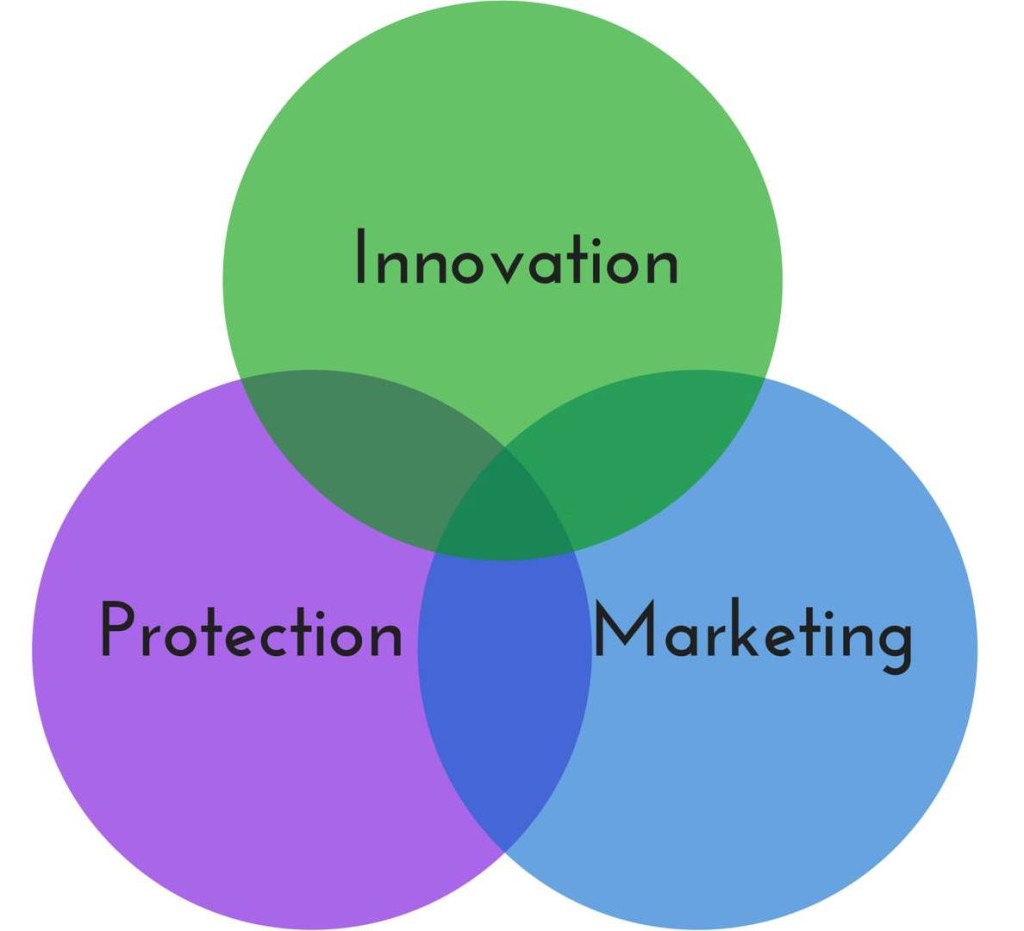
Innovation
Necessity is the mother of invention, but innovation is the offspring of vulnerability. Finding flaws in the system and coming up with inventions to rectify those flaws are what innovations truly are. Every invention that is an improvement over the prior subject matter or a totally new invention in a relatively unknown field falls under the category of innovation.
Most people question how innovation could be vital to determine the success of a product-based company. An excellent example is Netflix, which became a huge success because it continued to innovate.
Back in the 1980s, Blockbuster, a video rental shop chain was a huge hit among the masses. People could rent videos from thousands of available titles by visiting a store nearest to them.
Netflix knew that in order to thrive in the video business world, they would have to adopt a different approach. Netflix innovated and gave birth to the mail-order delivery system. They did value addition. Customers now could rent videos from the comfort of their homes.
Result: Netflix became a huge hit. Blockbuster, which was complacent, became bankrupt before it was bought by Dish network at a bankruptcy auction for about $320 million. Lack of innovation killed Blockbuster.
Netflix didn’t settle for just the mail-order business model. The rise of YouTube and other video streaming sites helped Netflix recognized online video streaming as the next innovation frontier. Netflix made huge investments in video streaming.
The result: as of October 2015, Netflix has 69.17 million subscribers with more than $5.50 billion dollars in revenue. 17 times more than how many blockbusters were sold for.
Does innovation make all the difference? No. Constant innovation does.
Blockbuster was just one example. There are many such companies that dig their own grave by not innovating.
Border Books (Book store), Polaroid (Instant cameras), Eastman Kodak (Camera films), Motorola and Nokia (Phones) suffered premature death because they ignored innovation and stuck to the obsolete technologies and lost their edge.
Protection
The intangible assets of an organization are as important as tangible assets. An innovation without protection is similar to an expensive jewel out in the open without anyone to safeguard it- It could be stolen at any moment.
Huge costs are incorporated during the R&D phase of a product. And if you’re not protecting your product by means of patent or copyrights, then you’re axing your own feet.
Your competitors may use your intangible assets to gain an edge in the market by coming up with a similar product. And to top that all, at a lower cost for little or no money was spent on the research phase of the product.
Consider the example of Kiddicraft, a company built by child psychologist and pioneer toymaker Hilary Fisher Page in the 1940s. Kiddicraft manufactured plastic hollow building blocks with four to eight studs that could be used to build homes to skyscrapers.
While visiting a trade fair, Mr. Ole Kirk Christiansen bought a plastic molding machine that could produce different types of toy, similar to the one that Kiddicraft used.
Instead of coming up with different toys, he used the machine to manufacture similar toys, the exact replica of Kiddicraft toy sets and distributed them with the brand name of LEGO. Same toys, different name, better marketing strategies, success.
He copied each and every design of Kiddicraft toys and earned billions while Kiddicraft’s owner committed suicide as his company incurred huge losses. Innovation without protection isn’t good at all.
Protection saves the day for those who toiled years at coming up with innovative things. Consider the case of Curtis vs. Wright brothers, for instance. Glenn Curtis is considered as the founder of the US aviation industry. Curtis won various prizes like the first plane to fly a kilometer in a straight line and flying 25 miles in a plane he designed.
Curtis later designed aircraft that had aileron. Wright brothers already had a patent on ailerons and they warned Curtis to refrain from using their inventions. However, Curtis didn’t heed the warning and sold one aircraft having aileron. This led Wright brothers to file an infringement suit against Curtis.
After six years of trial, the court judged the ruling in favor of Wright brothers ordering Curtis to cease making airplanes that infringed on Wright brothers’ patents. Protection saved the day for the Wright brothers.
Protection is indispensable for businesses that invest a lot in innovation. There are multiple examples where lack of protection resulted in the company with the idea of turning to ashes whereas the companies that copied the ideas made huge profits.
For example, Oreos was a rip-off of Hydrox biscuits. The ‘Dip and Squeeze’ packing by Heinz is a rip-off of David Wawrzynski’s idea. And so were multiple other products for which the original inventors didn’t get the credit due to lack of protection.
When investing in innovation, it is wise to go for any suitable protection in order to protect the ideas from being copied. Moreover, even if they get copied, royalties could be extracted following lawsuits.
Marketing
The Marketing strategy is one of those important ingredients that govern how well a product would do in a market. A properly planned marketing strategy designed keeping the target segment in mind could do wonders.
For instance, the marketing strategy of Candy crush was fantastic. Though there were a dozen three in a row game in the market, candy crush gained a huge fan following.
Facebook integration did wonder. Every time a player ran out of lives, he had to ask his friends for help. This constantly reminded everyone about the Candy Crush Saga making it a billion-dollar phenomenon.
Not every product is as lucky as candy crush. Unfortunately, most products fail! Some fail due to lack of functionality, others due to lack of proper marketing.
Consider Vanilla Coke, for instance, which was introduced in the Indian market in 2004 but made an exit in 2005. The reason cited for the failure was the improper marketing strategy where the right segment wasn’t targeted. The price was high and the taste was unappealing to Indians. These reasons directed Vanilla Coke to exit doors from the Indian market.
Other examples include Edsel (premium smokeless cigarettes), Pets.com and PanAm. They had interesting marketing campaigns that earned them brand value. However, the lack of proper functionality resulted in their failures. As they say it, bullshit might land you on the top, but won’t keep you up there longer.
Success requires both-great product and great marketing. There are multiple examples of products that were a huge hit since they were the right combination of both. For instance, Twitter, Instagram, and WhatsApp were huge hits for they provided the right functionality and came through right marketing channels.
The implementation of the right marketing strategy for an innovative product that is protected by copyrights, trade secrets or patents. InnoTecTing, thus, in short, is an excellent recipe for success. The right mix always does wonders.
Also Read: Patent Landscapes Can Help You Acquire New Clients
Authored By – Anjali Chopra, Sr Research Analyst, Market Research.

